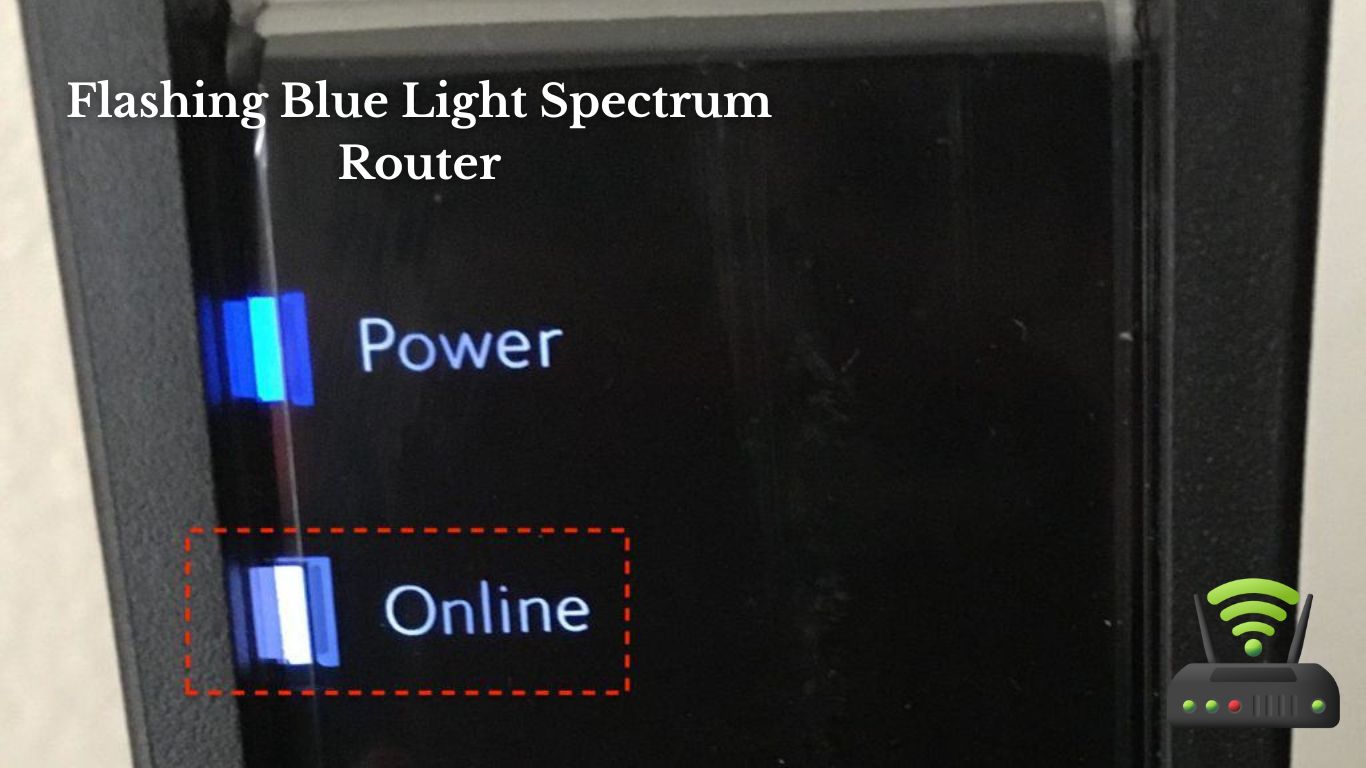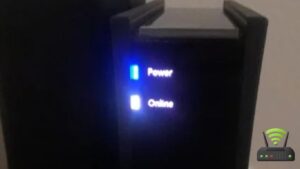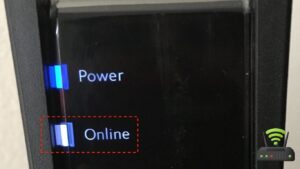
Flashing Blue Light Spectrum Router
I’m really excited to share with you all about the amazing benefits of the flashing blue light spectrum router.
This innovative technology not only enhances your internet connection but also provides a visually appealing experience.
In this article, I’ll explain how the blue light spectrum affects your Wi-Fi performance and why choosing a router with flashing blue lights is crucial.
Additionally, I’ll provide troubleshooting tips and discuss future trends in blue light spectrum routers.
So, let’s dive in and explore this fascinating world of technology!
Understanding the Blue Light Spectrum
Understanding the blue light spectrum is essential when it comes to the potential effects on our sleep patterns. Blue light is a type of light that is emitted by electronic devices such as smartphones, tablets, and computers. It is also emitted by LED lights and some television screens. This type of light has a short wavelength and high energy, which can interfere with our body’s natural sleep-wake cycle. When our eyes are exposed to blue light, it suppresses the production of melatonin, a hormone that helps regulate sleep. This can lead to difficulty falling asleep and disrupted sleep patterns.
In today’s modern society, we are constantly surrounded by electronic devices that emit blue light. From the moment we wake up in the morning to the time we go to bed at night, we are exposed to this type of light. Many of us use our smartphones or tablets right before bed, unaware of the potential negative effects on our sleep. This constant exposure to blue light can disrupt our circadian rhythm, making it harder for us to fall asleep and stay asleep throughout the night.
To mitigate the effects of blue light on our sleep patterns, there are a few things we can do. First, we can limit our exposure to electronic devices that emit blue light, especially in the hours leading up to bedtime. Second, we can use blue light filters or apps that reduce the amount of blue light emitted by our devices. Lastly, we can create a sleep-friendly environment by using dim lighting and avoiding bright screens before bed.

Importance of Flashing Lights on a Router
The importance of the blinking lights on a router cannot be underestimated. As a tech enthusiast, I have come to appreciate the significance of these lights in ensuring a smooth and reliable internet connection. When I first set up my router, I didn’t pay much attention to these lights, thinking they were just for show. However, I soon realized their true value.
The blinking lights on a router provide essential information about its status and activity. For example, the power light indicates whether the router is receiving electricity and is functioning properly. The internet light tells me if there is an active internet connection. The LAN and WLAN lights show the status of the local area network and wireless network, respectively. If any of these lights are not blinking as they should, it could indicate a problem that needs troubleshooting.
Furthermore, the blinking lights help me identify any issues that may arise. If the internet light starts flickering or turns off completely, it alerts me to a potential internet outage. Similarly, if the WLAN light is not blinking, it could mean that the Wi-Fi is not working correctly. By paying attention to these lights, I can quickly address any connectivity problems and ensure a seamless internet experience.
How Blue Light Spectrum Affects Your Internet Connection
Signal interference and latency, as well as Wi-Fi speed degradation, are crucial factors that can greatly impact the performance of your internet connection.
When there is signal interference, such as from other electronic devices or physical obstructions, it can disrupt the transmission of data and lead to slower speeds and increased latency.
Additionally, over time, Wi-Fi speed degradation can occur due to various factors, such as outdated hardware or a high number of connected devices, resulting in a noticeable decrease in internet speeds.
Signal Interference and Latency
Interference from other devices can cause latency issues with your router’s signal. It’s frustrating when your internet connection slows down or even drops altogether. I’ve experienced this firsthand, and let me tell you, it’s not fun.
Here are three things that can interfere with your router’s signal and cause latency issues:
- Microwaves: When you’re heating up your leftovers, the microwave emits a strong electromagnetic field that can disrupt your Wi-Fi signal. Imagine your router’s signal trying to push through a thick wall of microwave interference.
- Cordless phones: These devices operate on the same frequency as Wi-Fi routers, which can lead to signal interference. It’s like trying to have a conversation with someone while someone else is shouting in your ear.
- Baby monitors: Baby monitors also operate on the same frequency as Wi-Fi routers. It’s like trying to listen to a quiet conversation while a crying baby is right next to you.
Wi-Fi Speed Degradation
Wi-Fi speed degradation can be caused by various factors, such as distance from the router or network congestion. When your Wi-Fi signal has to travel a longer distance or encounters interference from other devices or walls, its strength and speed can decrease. Additionally, when multiple devices are connected to the same network and using a large amount of data, it can lead to network congestion and slower speeds for all devices.
To give you a better understanding, here is a visual representation of the factors that can affect Wi-Fi speed:
| Factors | Description | Impact |
|---|---|---|
| Distance from router | The farther you are from the router, the weaker the signal strength will be. | Decreased signal strength and slower speeds. |
| Network congestion | When multiple devices are using the same network, it can lead to slower speeds for all devices. | Decreased bandwidth and slower speeds. |
| Interference from walls | Walls and other physical barriers can block or weaken the Wi-Fi signal. | Decreased signal strength and slower speeds. |
Understanding these factors can help you troubleshoot and improve your Wi-Fi speed.
Choosing the Right Router With Flashing Blue Lights
When selecting the right router with flashing blue lights, it’s important to consider factors like range and speed. As someone who loves streaming movies and playing online games, I know how crucial it is to have a reliable and fast internet connection. Here are three key things to keep in mind when choosing a router with those eye-catching blue lights:
- Range: Make sure the router you choose has a strong and wide-ranging signal. A router with flashing blue lights can be visually appealing, but it’s essential to ensure that it can reach every corner of your home. Look for routers with multiple antennas or mesh systems that can extend the Wi-Fi coverage throughout your entire space.
- Speed: The speed of your internet connection can greatly impact your online experience. Look for routers that support the latest Wi-Fi standards, such as 802.11ac or 802.11ax. These standards offer faster speeds and better performance, allowing you to enjoy smooth streaming and lag-free gaming.
- Security: With the increasing number of connected devices in our homes, it’s crucial to prioritize security. Choose a router that provides robust security features, such as WPA2 encryption and built-in firewalls. Additionally, look for routers that offer regular firmware updates to keep your network protected from emerging threats.
Troubleshooting Common Issues With Flashing Blue Lights
So, you’ve got a router with flashing blue lights, and you’re experiencing some connectivity issues. Don’t worry, I’ve got some solutions for you.
First, let’s talk about signal interference – this can be a common cause of connectivity problems.
I’ll also walk you through the process of resetting your router, which can often resolve these issues.
Signal Interference Solutions
To improve your Wi-Fi signal and reduce interference, try adjusting the placement of your router. I recently experienced frustrating Wi-Fi issues, but after some trial and error, I discovered a few simple solutions that made a world of difference.
Here are some tips that might help you too:
- Move your router away from obstructions: Placing it near walls or furniture can weaken the signal. Optimal placement is in an open area.
- Avoid interference from other devices: Keep your router away from electronics like cordless phones, microwaves, and baby monitors. These can disrupt the signal.
- Change the Wi-Fi channel: Sometimes, multiple routers in the area can cause interference. Switching to a less crowded channel can improve your signal strength.
By implementing these adjustments, my Wi-Fi signal improved significantly, leading to smoother streaming and faster downloads.
Don’t let signal interference ruin your online experience. Take control and optimize your Wi-Fi setup today!
Resetting the Router
After trying various signal interference solutions, I realized that my flashing blue light spectrum router still wasn’t functioning properly. Frustrated, I decided to take matters into my own hands and attempt a reset.
I unplugged the power cord from the back of the router and waited for about 30 seconds before plugging it back in. As soon as the power was restored, the router began its boot-up sequence. Surprisingly, the flashing blue light turned into a solid blue light, indicating a successful reset.
I quickly connected my devices and voila! The internet was back up and running smoothly. Resetting the router proved to be a simple yet effective solution to my connectivity issues.
Maximizing Wi-Fi Performance With Blue Light Spectrum Technology
Using blue light spectrum technology helps maximize Wi-Fi performance. It’s amazing how this simple innovation can make such a big difference in the speed and reliability of your internet connection. Here are a few reasons why I believe blue light spectrum technology is a game-changer for Wi-Fi:
- Reduced interference: With blue light spectrum technology, the router emits light in a specific wavelength that minimizes interference from other electronic devices. This means you can enjoy a more stable and consistent Wi-Fi signal, even in crowded areas.
- Increased range: The blue light spectrum has a higher frequency than traditional Wi-Fi signals, which allows it to penetrate walls and obstacles more effectively. This means you can enjoy a strong Wi-Fi signal throughout your entire home, even in those hard-to-reach corners.
- Faster speeds: Blue light spectrum technology enables faster data transfer rates, allowing you to stream videos, download files, and play online games without any lag or buffering issues.
- Energy efficiency: Despite its powerful performance, blue light spectrum technology is energy-efficient. It consumes less power compared to traditional Wi-Fi routers, helping you save on your electricity bill.

Tips for Optimizing Your Router’s Flashing Blue Lights
Make sure you position your router in a central location within your home for optimal signal strength and coverage. This is the first step in optimizing your router’s flashing blue lights. But there are other tips and tricks you can follow to ensure you’re getting the most out of this technology. Check out the table below for a quick reference guide on how to optimize your router’s flashing blue lights:
| Tip | Description |
|---|---|
| 1. Update Firmware | Keep your router’s firmware up to date to ensure you’re benefiting from the latest improvements and bug fixes. |
| 2. Adjust Antennas | Experiment with the position and orientation of your router’s antennas for better signal reception. |
| 3. Reduce Interference | Minimize interference from other devices by placing your router away from electronics and appliances that may cause signal disruption. |
Future Trends in Blue Light Spectrum Routers
After learning about how to optimize my router’s flashing blue lights, I became curious about the future trends in blue light spectrum routers. It’s fascinating to think about how technology is constantly evolving and improving. I wonder what advancements we can expect in the world of routers.
One trend that I anticipate is the incorporation of even more advanced light spectrum technology. As our understanding of the effects of different light spectrums on our bodies and overall health continues to grow, router manufacturers will likely strive to create routers that emit blue light in a way that minimizes any potential negative impacts.
Additionally, I believe we will see routers that are more energy-efficient. With the increasing emphasis on environmental sustainability, it only makes sense that routers will become more eco-friendly. Perhaps we will see routers that automatically adjust their light intensity based on the ambient lighting in the room, reducing unnecessary energy consumption.
Furthermore, I expect that future routers will have enhanced connectivity capabilities. With the rise of smart homes and the Internet of Things, routers will need to handle an increasing number of devices simultaneously. This means routers will need to be faster, more reliable, and able to handle larger amounts of data without compromising performance.
Overall, the future of blue light spectrum routers looks promising. I’m excited to see how these technologies evolve and how they will continue to improve our internet experience.
Frequently Asked Questions
Can the Flashing Blue Lights on a Router Be Turned off or Adjusted?
Yes, the flashing blue lights on a router can be turned off or adjusted. They can be quite distracting, so I prefer to dim or disable them when I’m using the router.
How Do Flashing Blue Lights on a Router Affect Energy Consumption?
Flashing blue lights on a router can potentially increase energy consumption. It is important to note that the specific impact may vary depending on the router model and the intensity of the lights.
Are There Any Health Concerns Associated With Prolonged Exposure to the Blue Light Spectrum Emitted by Routers?
There may be health concerns associated with prolonged exposure to the blue light spectrum emitted by routers. It’s important to be aware of potential risks and take necessary precautions to protect oneself.
Can the Flashing Blue Lights on a Router Interfere With Other Electronic Devices in the Vicinity?
Yes, the flashing blue lights on a router can interfere with other electronic devices in the vicinity. It’s important to be mindful of their placement to avoid any potential disruptions.
Are There Any Privacy Risks Associated With the Use of Routers With Flashing Blue Lights?
Yes, there can be privacy risks associated with routers with flashing blue lights. They may attract unwanted attention and make it easier for someone to locate your router and potentially gain unauthorized access to your network.
Conclusion
In conclusion, the flashing blue light spectrum technology in routers has revolutionized the way we experience the internet. By understanding the impact of blue light on our internet connection, we can choose the right router and troubleshoot any issues that arise.
Maximizing Wi-Fi performance and optimizing the flashing blue lights will ensure a seamless online experience. As technology continues to advance, we can expect even more innovative developments in blue light spectrum routers.
So, stay connected and enjoy the benefits of this cutting-edge technology!